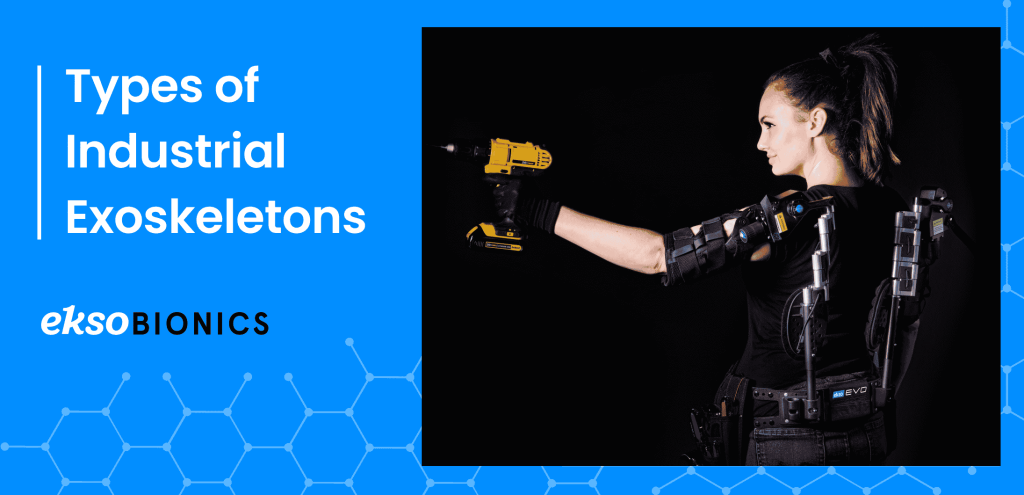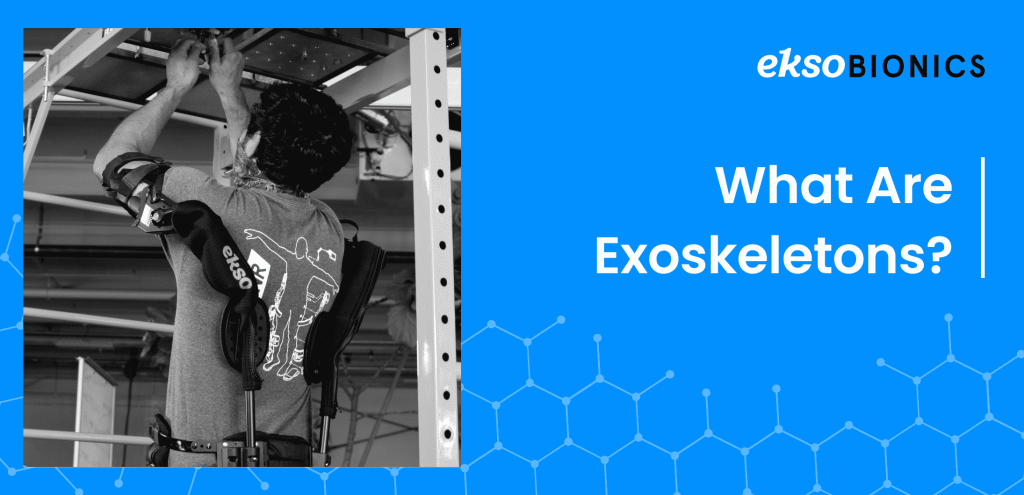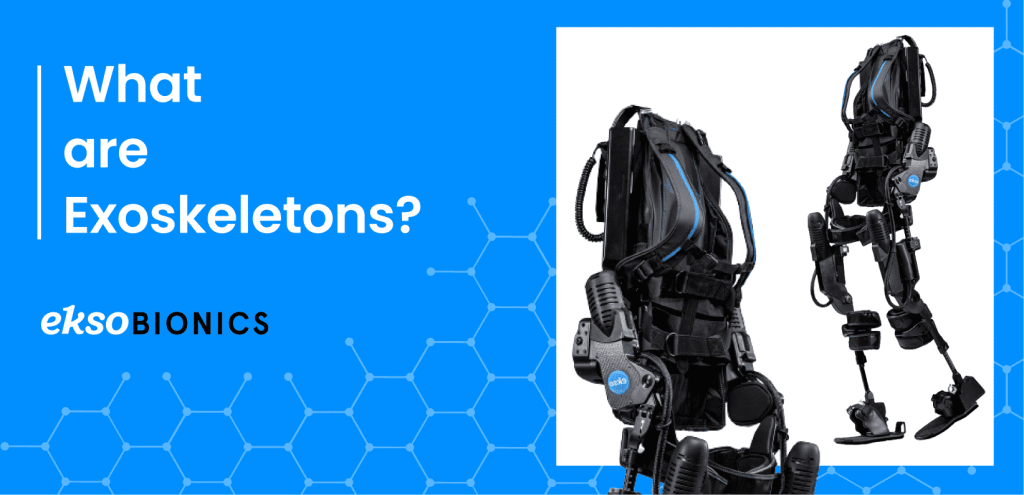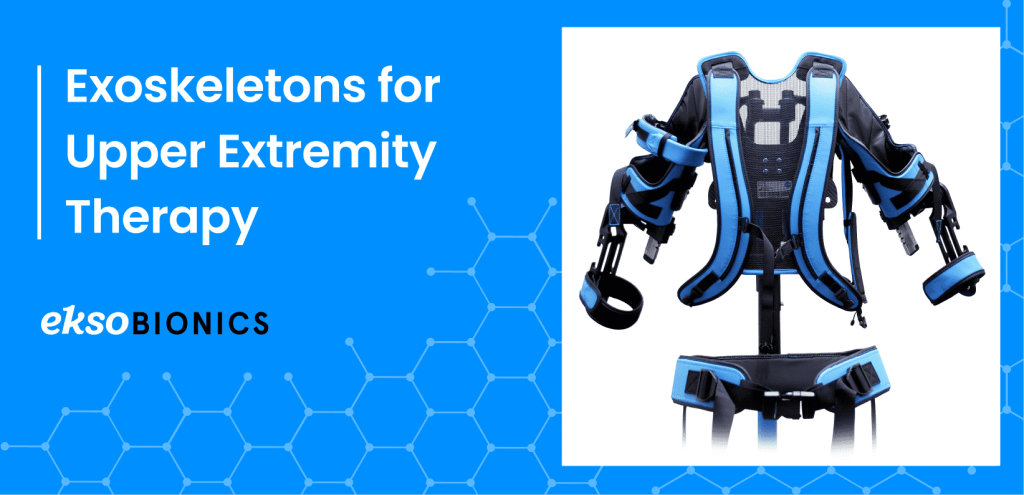Physical therapy can be intimidating for patients, especially if they don’t have enough information, are afraid, or don’t have any prior experience with therapy. Misinformation and fear can lead to concerns and notions, which, if not addressed, can keep patients from seeking the help they need in order to recover well. It is important for therapists to understand their patients’ concerns to address them and increase patient safety. In this article, we will address the most common concerns patients have about physical therapy and how you, as a physical therapist, can address them to ensure patient safety and comfort.
Common Concerns Patients Have About Physical Therapy

- Some Patients Are Afraid of Pain
One of the most common misconceptions people may have about physical therapy is that it is painful. However, contrary to popular belief, physical therapy is actually designed to help relieve and manage pain, as you already know. Sometimes it takes explaining to patients the benefits of therapy in pain management and alleviation for them to understand how it works and what they should expect from it. Many people fail to realize that though therapy can be uncomfortable, it is never meant to be painful.
- Patients May Think Physical Therapy Is Time-Consuming
Time is generally a primary concern for most people. Most patients usually have school, careers, family, and other demands on their time. Therefore, when it comes to scheduling time for physical therapy, it can seem impossible to add one more thing to their already packed schedule. On the other hand, some patients may be concerned that physical therapy will take too long. They do not want to commit weeks and months of their time to attend therapy. When you consider the busy lives we lead and how we try to fit everything into our limited schedule, you can begin to empathize with your patients and understand where they are coming from. A great solution would be creating a rehabilitation schedule that is tailored to your patient’s schedule. It can include at-home exercises and in-office rehabilitation sessions.
- Patients May Believe Physical Therapy Is Too Expensive
Physical therapy is not familiar to most people. It’s not a program your patient may have undergone before, and people tend to be afraid of the unknown. This can be a barrier for many patients. Additionally, if your patient does not have insurance to cover their costs, paying out of pocket can be too expensive. However, you can work with patients to discuss cost-cutting strategies they can leverage to get the treatment they need.
- Some Patients Are Afraid That Physical Therapy Won’t Work
How do you know something is going to work, especially if you have never experienced it before? This is the same thought that may plague patients, as they may not ascertain the effectiveness of attending therapy sessions. This might be less of a concern for patients who have undergone rehabilitation before, but it can be a very real concern for patients who haven’t undergone physical therapy. To curb this, you can share success stories with your patients that qualify the importance of therapy during consultations.
When someone is suffering from mobility issues, it might be easier to convince themselves that rehabilitation won’t work rather than have hope and then get discouraged. Getting over this mental barrier may help some patients open up to physical therapy.
- Some Patients May Be Afraid of Working With a Physical Therapist
Even though therapists normally try to be friendly and welcoming to everyone, sometimes some patients may feel uncomfortable and even afraid to do physical therapy. This may be due to personal issues like haphephobia (the fear of being touched by strangers) and uncommunicated expectations like the outcome they desire out of physiotherapy.
- Patients May Be Afraid of Commitment
Just like going to the gym or starting a new diet, physical therapy comes with a demand for commitment; not many patients feel they can stick it out till the end. This may keep many patients from trying because they already believe they will fail. However, working out therapy plans that work for your patients can help them conceptualize how much will be asked of them within the program. This can help them evaluate their commitment using a tangible measure compared to going at it blindly.
- Some Patients Are Afraid of Falling
Some patients are concerned about attending therapy because of the fear of falling, clinically referred to as “ptophobia”. According to Tinetti of the Department of Medicine and Public Health at Yale University and Powell of the Department of Epidemiology and Public Health, the fear of falling (FOF) is an ongoing concern about falling that ultimately limits the performance of daily activities.[1] Reduced mobility makes patients insecure about avoiding falls, effectively keeping them out of therapy.
- Patients May Be Afraid of Getting Injured
Sometimes patients incur injuries during physical therapy sessions due to falls, among other reasons. This can keep prospective patients from going to therapy as they are afraid that they’ll meet the same fate. Reassuring your patients can go a long way in overcoming this fear. Addressing patient safety is a key concern in ensuring that patients are safe within rehabilitation facilities. This might go a long way in relieving patients’ fears.
In the next section, we’ll discuss patient safety and how physical therapists can ensure they observe patient safety guidelines to ensure their patients get the best care and treatment.
How to Address Patient Concerns as a Therapist
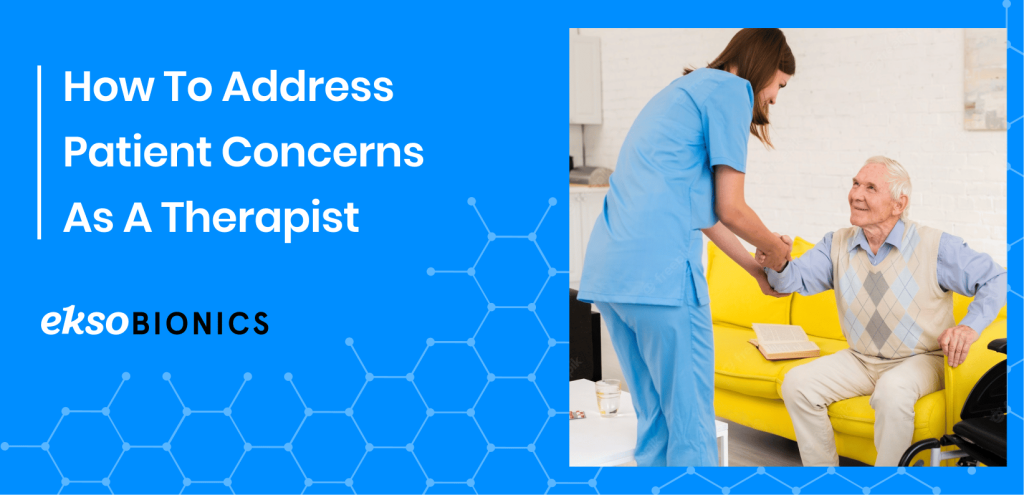
There are a few things you can do to deal with your patient’s concerns, including:
- Understand Your Patient’s Needs
The most significant step you can take in addressing your patient’s concerns is understanding their needs. A lot of patients have different needs and concerns that can only be met if you are empathetic and understanding enough. Addressing these needs can be the start to relieving any anxiety and worry that a patient has. It can also be the foundation of trust that you need to form with a patient in order to help them through their therapy sessions.
- Create a Rapport With Your Patient
This will help them to open up and be more active in therapy sessions. Building a relationship with patients is the fastest way of getting them out of bed. A 2010 study studying the influence of the therapist-patient relationship on treatment outcome in physical rehabilitation said that the connection between a therapist and patient determines the treatment outcome. [1]
- Communicate and Address Expectations Clearly
Effective communication is a primary facet of successful rehabilitation. Communication is needed to understand your patient’s needs and expected outcome. While communicating with your patients, it’s also important to tailor your communication to your patient’s literacy level when discussing ailments and treatment. Patients value clear and simple explanations about their problems.
Addressing Patient Safety

Patient safety has become an evolving area in the healthcare industry with the increase of adverse events in hospitals. Adverse events are any unintended occurrences within the healthcare system that may lead to a longer hospitalization period, disability, or death.
According to the Canadian Patient Safety Dictionary, patient safety is “the reduction and mitigation of unsafe acts within the healthcare system, as well as through the use of best practices shown to lead to optimal patient outcomes.” [2] Physical therapists play an important role in mitigating unsafe acts within the system, directly and indirectly. Physical therapists can contribute to a culture of safety by evaluating and implementing safety measures like improving facility layouts, training staff, and being more sensitive to patients’ needs, among others, as discussed below.
Safety issues within physical therapy are not typically big and harmful events. They are normally no-harm events classified as close calls or near misses. In other words, they are events that happen to the patient but do not produce harm. For example, a patient almost falls when they are being moved from a chair. These kinds of events happen as mistakes, and it is important to identify the source of these mishaps and learn from them so as to improve patient safety. [3]
According to a 2004 study by the Canadian Medical Association Journal, some of the adverse events that normally happen in the health care system can be prevented altogether. [4] So, let’s explore some strategies you can implement to mitigate against accidents in your practice and improve patient safety.
How to Increase Patient Safety as a Therapist

You can implement several strategies to alleviate your patient’s concerns. They include:
- Identifying Potential Slip and Fall Risks
This is one of the easiest things you can do to increase safety in your facility. Injured patients are vulnerable to falls and slips, so it is extremely important that you ensure slippery areas are shown well. Additionally, you can station staff in risky areas to watch patients during their visit to your practice. Also, never forget to notify patients in case you identify potentially risky areas where they may fall and injure themselves. It is also important to wipe and clean any spills immediately to avoid the risk of a fall. And if your facility has bathing areas, make sure they are always kept dry to avoid injuries. Additionally, you can add non-slip rugs in the bathrooms and grab bars for support.
- Improving the Facility Layout
Evaluate your facility to see if patients can easily move from one area to another without straining and injuring themselves. Remember that a good number of patients attending therapy have mobility issues. A great solution to ease patient movement would be having ramps around the facility instead of stairs. You could also place all equipment and furniture out of the way of patients to avoid any falls.
- Making Signage and Posters Visible
Having signage and posters all over your facility is great, but they need to be visible and legible. What good is a warning poster if a patient can’t see it or be able to read it? The United States Occupational Safety and Health Administration dictates that all labels, posters, signs, and color codes must be visible enough to warn patients of possible risks.
- Labeling Equipment and Providing Instructions of Use
As great as equipment exercise is, it can pose a potential hazard to patients if it does not have any clear instructions for use. Instructions are normally included in any equipment you buy, but in case it is not, make your own and make sure it is visible enough to be seen by the patients using it.
- Training Staff
The best way to increase patient safety and improve healthcare quality is to train staff on the latest and best ways to take care of patients. Additionally, creating a work culture that puts patient safety first can also help address patient concerns like safety.
Conclusion

Patient concerns are ever-changing and differ from one patient to another. If left unchecked, they can keep potential patients from attending therapy and getting the help they need. When addressed, they can help patients overcome their personal barriers and attend physiotherapy sessions.
When dealing with patients, it is important to remember that you are human, and humans make mistakes. Whenever a mistake is made, the best course of action is to learn from it and make the required changes. It is also important to create a culture and environment that facilitates the identification and reporting of mistakes so that you can improve patient safety.
References:
- Fear of Falling | Physical Therapy | Oxford Academic https://academic.oup.com/ptj/article/82/3/264/2837020
- The Canadian Patient Safety Dictionary https://policycommons.net/artifacts/1212508/the-canadian-patient-safety-dictionary/1765612/
- Patient Safety and Physiotherapy: What Does it Mean for Your Clinical Practice? https://www.ncbi.nlm.nih.gov/pmc/articles/PMC2909853/
- The Canadian Adverse Events Study: the incidence of adverse events among hospital patients in Canada https://pubmed.ncbi.nlm.nih.gov/15159366/


















